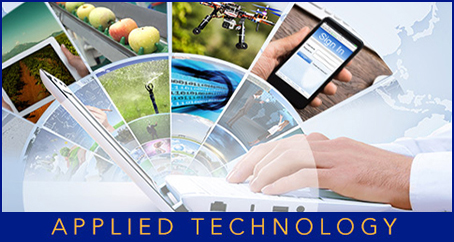Before the introduction of technology and IoT, the corporate arm of a company often didn’t know what was happening out in the field or in the warehouse until it was, perhaps, too late. Now, as Hansen points out, decision makers can react to incidents—a delayed shipment, a cold chain malfunction—in real time, and this is a real benefit to the bottom line.
“Time is money,” Hansen asserts. “If you find a critical piece of monitoring equipment is down, you have to hold all the produce back to the last time it was functioning. That can be a lot of product; so, the shorter you can make that discovery-to-action loop, the more money you save your customers.”
Maintaining the Cold Chain Connection
Sensors are one of the most common ways to keep track of cargo as it makes its way along the cold chain. Emerson Cargo Solutions, formerly Locus Traxx, uses sensors to broadcast temperature, location, and other details, depending on the parameters, to the cloud. The data is then sent to the supplier or retailer.
Here’s an example: sensors determine the temperature has gone a few degrees too high in a perishables shipment, or the truck is stuck in traffic and won’t make its destination on time. With access to such information, the logistics company can be notified to reroute the shipment to a closer destination. These smart tracking devices can even detect whether a container has been breached.
As Amy Childress, vice president of marketing solutions, points out, refrigerated transport is key to delivering fresh produce all year long. “This is the Internet of perishables,” she says. “People are increasingly used to having access to information. We’ve seen interest not only from retailers who want to monitor inbound progress, but also from suppliers. Everyone is hungry for the data.”
Telus, a Canadian telecommunications company, is another player in the cold chain IoT world. Not only does it provide a dedicated cellular IoT network, it also partners with key technology providers to develop IoT solutions, like one that uses wireless sensors to monitor certain characteristics such as temperature and humidity, of perishable food. Anytime the temperature goes too high or low, the sensor sends out an alert to correct the situation.
This solution has been deployed up and down the supply chain to restaurants, supermarkets, warehouses, and logistics companies. Ultimately, it’s all about food safety, operational efficiency, and cost savings, according to Robin Mascarenhas, Telus’ business manager for IoT strategic solutions and partnerships. “The clear benefit to the supply chain is the ability to share important information in real time, since most IoT solutions are cloud based and access can be shared with every stakeholder.”
Hackers and Dead Zones
While there aren’t many downsides to the use of IoT technology in the produce industry, security is certainly one of them. As with any wireless device that connects to the cloud, the possibility of being hacked is always hovering in the shadows. And there’s the issue of manageability: where are all the company’s various devices at any given time?



